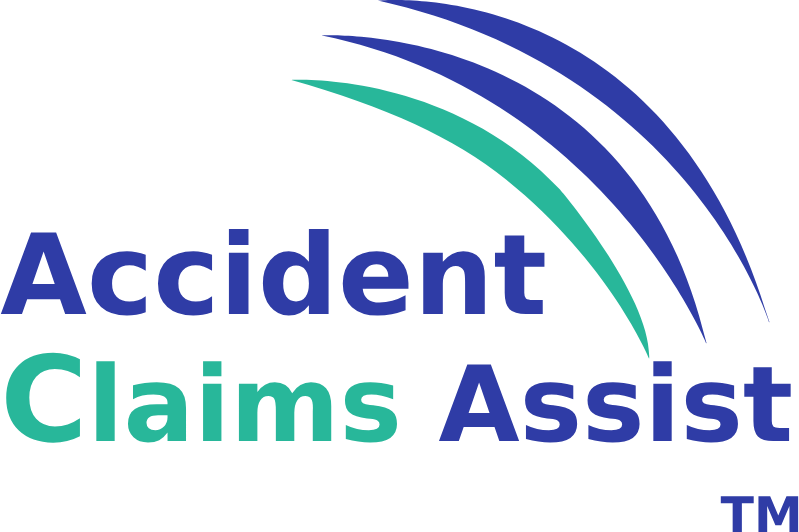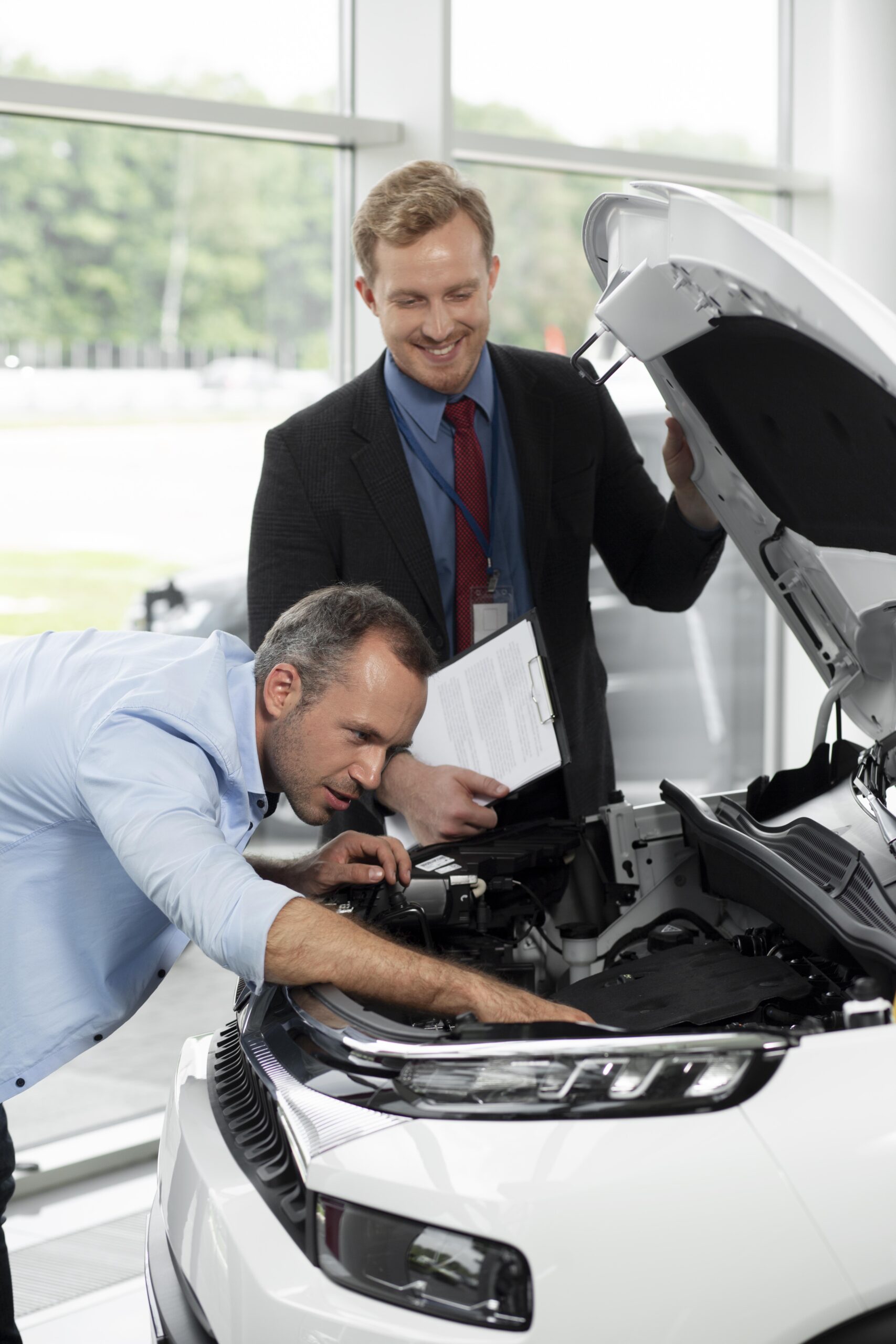How to Get an Accurate Vehicle Repair Estimate
When your vehicle sustains damage—whether from an accident or adverse weather conditions—it’s essential to assess the extent of the damage and understand the repair costs. Knowing how to obtain an accurate estimate will help you make informed decisions and manage your budget effectively. In this article, we’ll guide you through the steps of obtaining a reliable repair estimate for your vehicle.
1. Assess the Vehicle Damage
Before reaching out to repair professionals, conduct an initial inspection of the damage. Look for these common issues:
- Dents & Scratches: Note any visible dents, scratches, or paint damage on the exterior.
- Mechanical Issues: Check if the engine starts smoothly, the brakes function properly, and listen for any unusual noises.
- Electrical Problems: Test the lights, signals, and indicators to ensure they’re working correctly.
- Tyres & Suspension: Look for any damage to the tyres or irregularities in the suspension system.
Taking photos of any visible damage can be useful when discussing repairs with professionals.
2. Consult Your Vehicle’s Manual
Your vehicle’s manual provides valuable insights into common issues and recommended maintenance practices. Understanding the manufacturer’s guidelines can help you anticipate potential repairs and improve your discussions with repair professionals.
3. Obtain Multiple Repair Estimates
To ensure you get the best deal, seek multiple repair estimates. Prices can vary significantly between repair shops, so shopping around is worthwhile. Here’s how to find options:
- Local Vehicle Repair Shops: Research reputable auto body shops in your area. Look for online reviews to find trusted professionals.
- Insurance Providers: If you’re filing a claim, your insurance provider may have a network of approved repair shops. These shops are familiar with the insurance process and may offer streamlined services.
- Online Repair Estimates: Many shops offer online tools to provide estimates or schedule inspections. While online estimates can be a good starting point, an in-person evaluation is usually more accurate.
4. Use Online Repair Estimation Tools
Several online platforms allow you to input details about your vehicle and the damage to generate an initial repair estimate. While these tools can provide a general idea of costs, they may not account for all factors, so it’s best to follow up with a professional inspection.
5. Understand the Components of a Repair Estimate
When receiving repair estimates, ensure you understand what’s included:
- Replacement Parts: The cost of any parts that need replacing.
- Labour Costs: The cost associated with the time required to complete the repairs.
- Painting & Finishing: If cosmetic work is necessary, ensure that painting and finishing costs are itemized separately.
- Additional Fees: Be mindful of any extra charges, such as towing fees, taxes, or disposal fees.
A clear breakdown of the estimate helps you compare costs and make informed decisions.
6. Evaluate the Repair Shop’s Reputation
Don’t just choose the cheapest estimate—consider the reputation of the repair shop. A low price might indicate compromised quality. Look for the following:
- Certifications: Ensure the shop is properly certified.
- Repair Warranty: Ask if the shop offers warranties on parts and repairs.
- Customer Feedback: Check online reviews or ask for recommendations from friends and family.
7. Consult with Your Insurer
If you’re making an insurance claim, your insurer will play a crucial role in the repair process. Here’s how to work with them:
- Report the Accident: Notify your insurer as soon as possible. They may send an engineer to inspect the damage and generate a report.
- Submit Estimates: Provide the estimates you’ve gathered to your insurer. Be sure to check any terms or conditions that may apply, including coverage limits and deductibles.
- Understand Your Coverage: Review your insurance policy to understand the coverage limits for repairs.
8. Consider Your Vehicle’s Value
In some cases, repairing your vehicle may not be cost-effective. If repair costs are close to or exceed the market value of the car, replacing it might be a better option. Here’s how to evaluate:
- Use Valuation Tools: Websites like Kelley Blue Book can help you estimate your vehicle’s market value based on factors such as make, model, year, mileage, and condition.
- Compare Repair Costs with Vehicle Value: If the cost of repairs is a significant percentage of the car’s market value, replacing the vehicle may be a more cost-effective solution.
9. Make an Informed Decision
With all the estimates and information gathered, you can now decide whether to repair or replace your vehicle. Consider your budget, the long-term condition of your vehicle, and your personal needs when making this decision.
Conclusion
Obtaining an accurate repair estimate is crucial for restoring your vehicle to its original condition while managing your finances effectively. By carefully assessing the damage, obtaining multiple estimates, working with your insurer, and considering your vehicle’s market value, you can navigate the repair process with confidence. Thorough research will help you avoid unnecessary costs and ensure that your vehicle is repaired properly.
Vehicle Parts: Repair or Replace? Speak to the Experts
Deciding whether to repair or replace a specific part of your vehicle can be challenging. Many factors must be considered before making a decision. If you’re unsure, consulting with experienced technicians or engineers can help guide you toward the best option.






